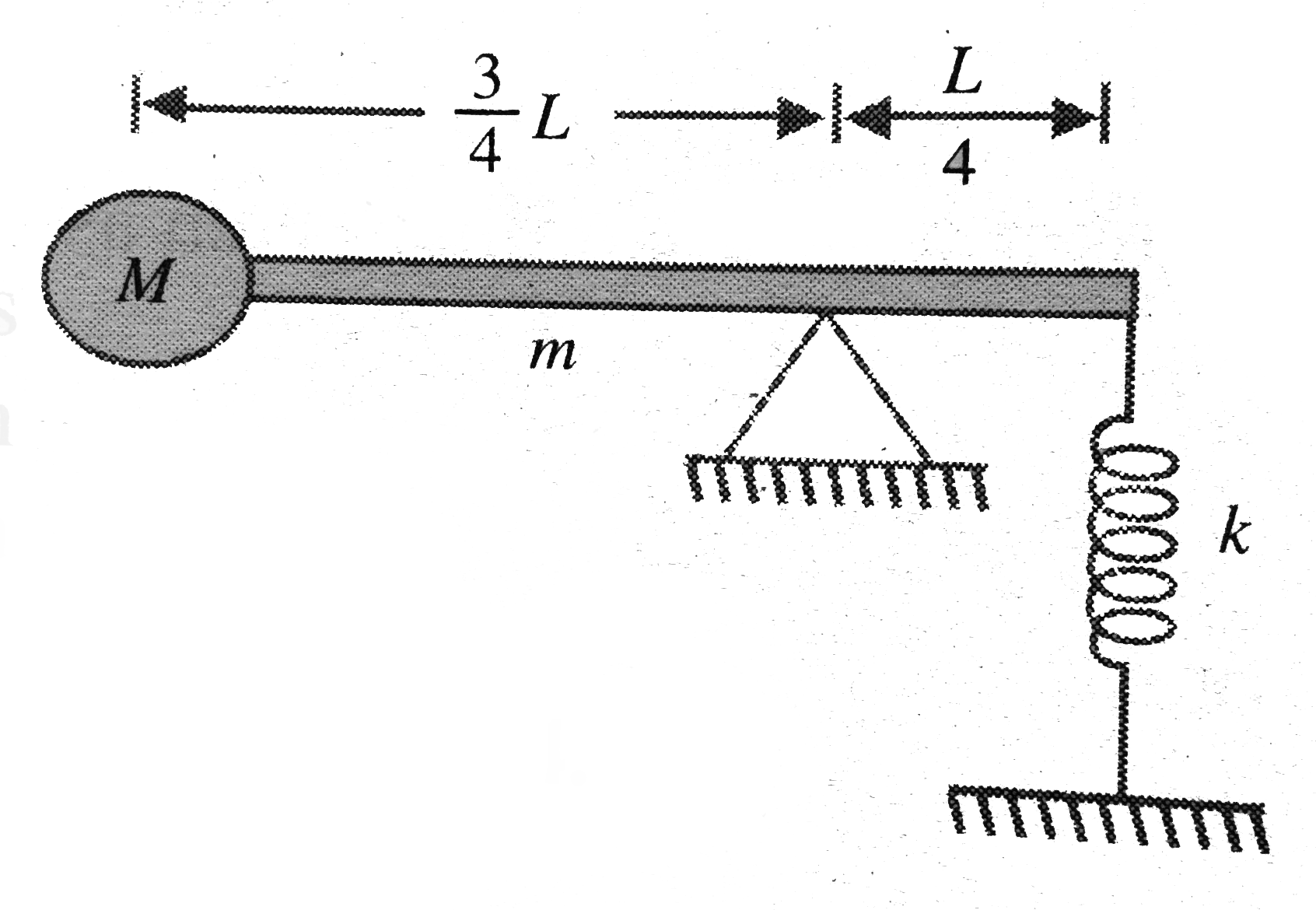Explain (i) natural oscillation (ii) natural frequency.
Step-by-Step Text Solution
(i) Natural Oscillation:
Natural oscillation refers to the oscillatory motion that a system exhibits when it is disturbed from its equilibrium position and then allowed to move freely without any external forces acting on it (like damping or driving forces). This type of motion occurs in systems that have a restoring force, which acts to bring the system back to its equilibrium position.
For example, consider a simple pendulum. When the pendulum is pulled to one side and released, it swings back and forth around its equilibrium position. The motion it undergoes is a natural oscillation because it is determined solely by the properties of the pendulum (like its length and the acceleration due to gravity) and not influenced by any external forces.
(ii) Natural Frequency:
Natural frequency is defined as the frequency at which a system tends to oscillate when it is displaced from its equilibrium position and then allowed to oscillate freely. It is a characteristic frequency of the system and depends on the physical properties of the system, such as mass and stiffness.
In the case of a mass-spring system, the natural frequency can be calculated using the formula:
fn=12π√km
where:
- fn is the natural frequency,
- k is the spring constant, and
- m is the mass attached to the spring.
Natural frequency is important because it determines how the system will respond to disturbances. If an external force is applied at the natural frequency, the system can experience resonance, leading to large amplitude oscillations.
- fn is the natural frequency,
- k is the spring constant, and
- m is the mass attached to the spring.
Topper's Solved these Questions
- BOOK - ICSECHAPTER - OSCILLATIONS EXERCISE - VERY SHORT ANSWER QUESTIONS13videos
OSCILLATIONS
- BOOK - ICSECHAPTER - OSCILLATIONS EXERCISE - SELECTED PROBLEMS (FROM THE CHARACTERISTIC OF SHM)14videos
OSCILLATIONS
- BOOK - ICSECHAPTER - OSCILLATIONS EXERCISE - LONG ANSWER QUESTIONS3videos
OSCILLATIONS
- BOOK - ICSECHAPTER - MOTION IN FLUIDS EXERCISE - SELECTED PROBLEMS (FROM POISEUILLE.S FORMULA)19videos
MOTION IN FLUIDS
- BOOK - ICSECHAPTER - PROPERTIES OF MATTEREXERCISE - MODULE 4 ( TEMPERATURE ) UNSOLVED PROBLEMS12videos
PROPERTIES OF MATTER
Similar Questions
Knowledge Check
- Question 1 - Select One
Assertion: In forced oscillations, th steady state motion of the particle is simpl harmonic.
Reason: The frequency of particle after the free oscillations die out, is the natural frequency of the particle.AIf both assertion and reson are true and reason is the correct explanation of assertionBIf both assertion and reason are true but reason is not the correct explanation of assertion.CIf assertion is true but reason is false.DIf both assertion and reason are false. - Question 2 - Select One
Solubility of a substance is its maximum amount that can be dissolved in a specified amount of solvent. It depends upon
(i)nature of solute , (ii)nature of solvent , (iii)temperature , (iv)pressureAonly (i),(ii) and (iii)Bonly (i), (iii) and (iv)Conly (i) and (iv)D(i),(ii),(iii) and (iv)
Explain the terms (i) fundamental frequency (ii) harmonics and (iii) overtones.
View SolutionA copper rod of length l=50cm is clamped at its midpoint. Find the number of natural longitudinal oscillations of the rod in the frequency range from 20 to 50kHz. What are those frequencies equal to ?
View SolutionA body executing simple harmonic motion makes 120 oscillations in one minute. Calculate (i) period (ii) frequency and (iii) angular frequency.
View SolutionA rigid rod of mass m with a ball of mass M attached to the free end is restrained to oscillate in a vertical plane as shown in the figure. Find the natural frequency of oscillation.
 View Solution
View SolutionExplain the dual nature of light.
View SolutionExplain the phenomenon of natural selection as presently understood. Mention two examples of this phenomenon.
View Solution

